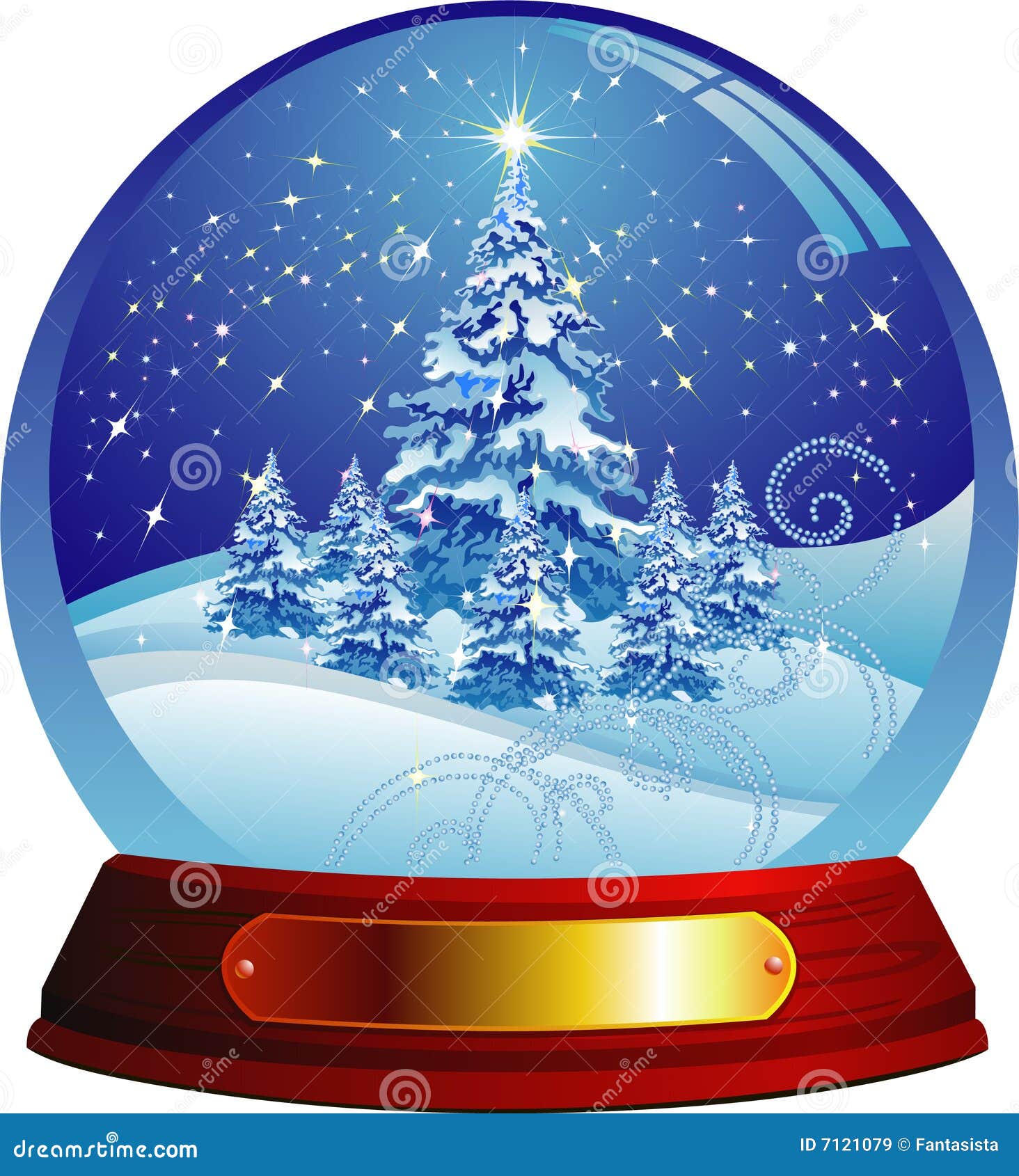
#Magical christmas tree illustration free#
If you are a V&A Member and have not yet had your fill of Christmas cheer from the Library collections, please join us soon for a free online Christmas event. Flowers and dishes of bon bons, chocolate, toys and ornaments, surrounded by a circle of burning German candles. Table spread with open books, chiefly Bibles and prayer books opened to display names written in them. The German candles mentioned remind us of the origins of the decorated tree tradition. The items beneath Scharf’s tree, as well as the servants gloves draped over the bottom branches, point towards a reflection of the whole household. The array of gifts at the bottom of the tree depicted, and the excitement of their children, indicate this is the tree that Victoria and Albert have decorated for their children. Victoria and Albert are known to have enjoyed decorating Christmas trees for each other and several more for the royal household.

The engraving went on to be published in journals worldwide, spreading the fashion further afield. This wood engraving was published in the Illustrated London News which, with its wide circulation, helped popularise the German tradition in Great Britain. In 1848 Prince Albert commissioned a portrait of three generations of the Royal Family standing around a beautifully decorated tree at Windsor. The notion of bringing in and decorating a tree was one that had gained significant momentum during the late 1840s. Christmas supplement to the Illustrated London News, wood engraving, London, 1848. They had only recently come onto the British market after being featured in the famous royal portrait below. These glass balls were a 16th century German invention from the town of Lauscha. It is interesting that when this letter was written “baubles” were yet to be widely known as such in Britain. Wreath formed by the bending together of branches tied with white and pink satin. One of the many glass balls of silver and various colours which reflect light brilliantly. His excitement about the tree is palpable! What is particularly exciting is the way Scharf hones in on the minutiae of the tree decorations and how he fills the page with the illustration. This letter pleasingly combines the two methods. Scharf was a well-connected member of the Victorian London art scene and a keen observer and chronicler of everyday life and historic events in written and sketched form.

He wrote the above letter on New Year’s Eve 1854, a few years before he began his tenure at the NPG. Sir George Scharf (1820-1895) was an art historian and leading book illustrator who became the first Secretary and Director of the National Portrait Gallery (1857-1895). Manuscript no. 1964/4431 © Victoria and Albert Museum, London. Stovin, Sir George Scharf, Rimpstone Hall, 31 December 1854.

Below we can see a beautiful Christmas tree-themed, pen-and-ink, New Year’s greeting from the early Victorian period. Within the National Art Library correspondence collections, here at the V&A, it is always a treat to come across a letter which contains an illustration by its author. Back in the 19th century people weren’t so very different… Many of us take time to consider how we will decorate ours, usually sharing a snap or two with friends. Christmas trees (real or plastic) stand adorned in homes throughout the country. Christmas is now well and truly around the corner.


 0 kommentar(er)
0 kommentar(er)
